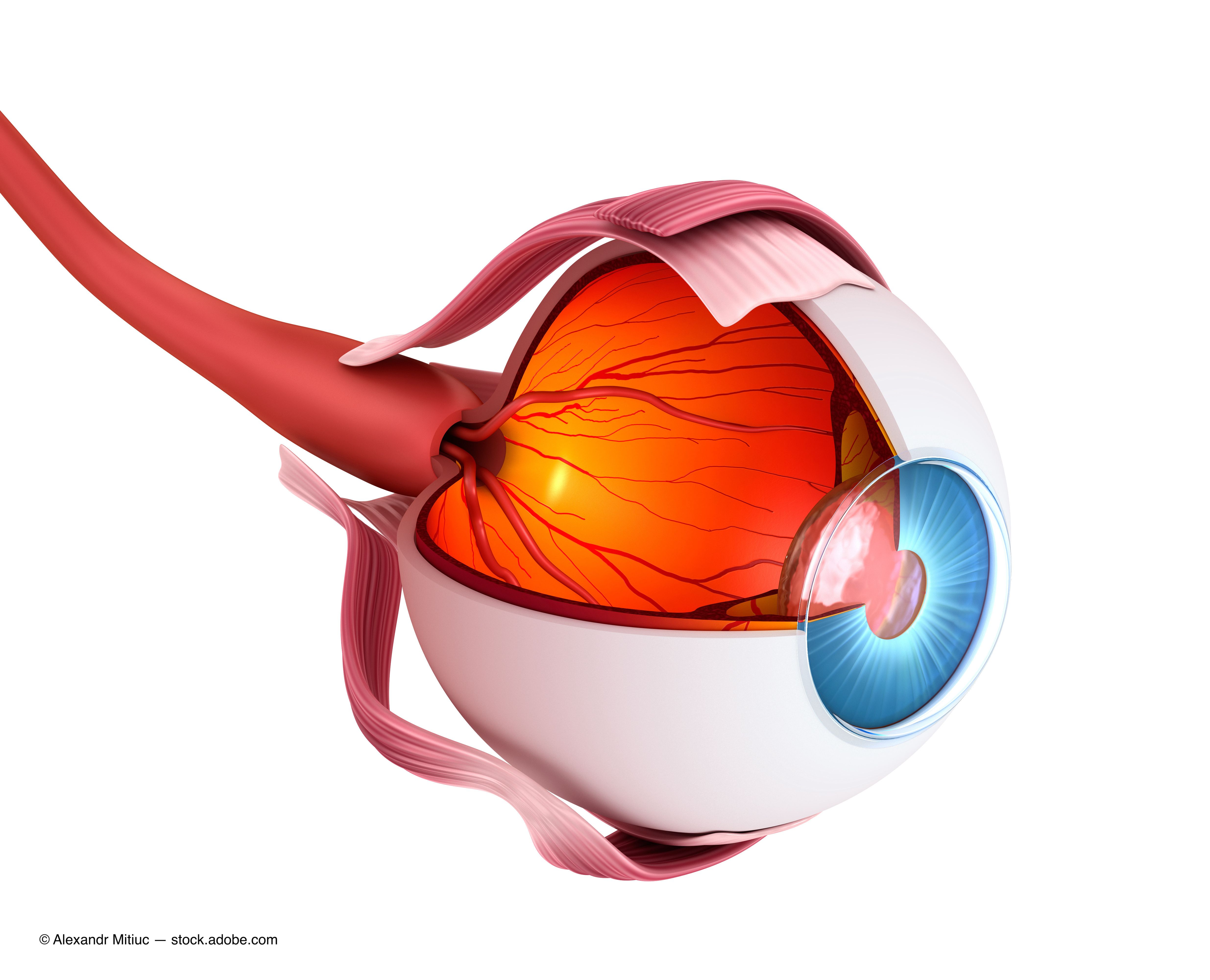Publication
Article
Digital Edition
Unplugging the clogged drain in glaucoma
Author(s):
IOP-controlling protein in the trabecular meshwork may get the fluid moving.

This article was reviewed by Douglas Rhee, MD
Investigators are studying different ocular pathways to determine how to interrupt the pathways and disease pathogenesis.
With a better understanding about the outflow mechanisms in the eye, with the focus on the trabecular meshwork (TM), the drainage pathway, patients with glaucoma may not require as much follow-up as is needed currently, according to Douglas Rhee, MD.
Rhee is professor and chairman at Case Western Reserve University’s Department of Ophthalmology and Visual Sciences, and director of the University Hospitals Eye Institute in Cleveland.
Related: Multi-pressure dial: A new approach to lowering IOP and treating glaucoma
TM research
Glaucoma occurs at the TM and optic nerve. The juxtacanalicular tissue (JCT) region in the TM is the anatomic location that controls resistance.
“This area is not static and it is constantly undergoing remodeling,” Rhee said.
The JCT region contains 2 main pathways: the paracellular pathway in between cells and the trans-cellular pathway through cells. The extracellular matrix, upon which the cells sit and their structure is maintained, is an important component in controlling the intraocular pressure (IOP), Rhee explained.
The increased amount of extracellular matrix in the JCT is the only known culprit in primary open-angle glaucoma (POAG) that works by gumming up the flow of fluid through the JCT region.
Related: Comparing micro-bypass implant + phaco vs phaco in POAG
Numerous medications are prescribed and numerous surgeries are performed to lower the IOP but they do not cut to the heart of the glaucoma process.
“We are lowering IOP by altering the physiology but not by interrupting the disease pathophysiology,” Rhee said. And for this reason, glaucoma can still progress despite lowering of the IOP. Even though there may be no loss of visual fields, patients must be followed consistently over time to ensure adequate IOP control and treatment adjusted if control is lost.
A startling statistic is that 7% to 14% of patients become legally blind in 1 eye over a 2-year period despite the best of care because the root cause of the glaucoma is not being addressed by medication and surgery, Rhee noted.
Transforming growth factor beta-2 (TGFß2) has been recognized as an important factor in the development of glaucoma.
The concentration of TGFß2 is elevated up to 3-fold in the aqueous humor of eyes with primary open-angle glaucoma and increases the IOP in perfused cadaveric human anterior segments as well as alterations in the JCT extracellular matrix resembling glaucoma.
Related: Drainage device offers IOP lowering capabilities at 1 year
TGFß2 also elevates the IOP in live mice and rats and causes optic nerve damage.
Researchers hypothesize that anything that controls the extracellular matrix is relevant in IOP control.
Matricellular proteins allow cells to control the surrounding extracellular matrix. Dr. Rhee and colleagues investigated a family of such proteins and found 3—SPARC and thrombospondin-1 and -2—that lower IOP in mice from which those genes have been removed.
A closer look at SPARC found that it is one of the most highly transcribed genes by the TM; it is found throughout the TM and highly concentrated in the JCT.
And importantly, SPARC is one of the most highly secreted proteins in response to TGFß2 and increases in IOP. Rhee hypothesized that increased IOP was dependent on SPARC.
Related: Optimizing and modifying newer glaucoma surgeries
“Our most important finding was that if TGFß2 is administered to normal mice, the IOP increases,” he said. “However, in mice that are unable to secret SPARC, TGFß2 cannot increase the IOP. This was an unexpected finding and highly important—the holy grail of glaucoma.”
Rhee also noted that SPARC is one of the few proteins that regulate IOP. He and his colleagues are continuing to investigate the different IOP pathways in the eye.
“We are starting to uncover these pathways with the hopes of interrupting them and thereby interrupting the disease pathophysiology,” he concluded. “The bottom line is that we discovered a protein that regulates IOP normally and is likely critical to the pathophysiology of POAG. This discovery will ultimately allow intervention at the molecular level.”
--
Douglas Rhee, MD
e:douglas.rhee@uhhospitals.org
Rhee has no financial interest in this subject matter.

Newsletter
Don’t miss out—get Ophthalmology Times updates on the latest clinical advancements and expert interviews, straight to your inbox.




